We wait for plum blossoms in February, cherry blossoms in March, and get ready toembrace photinia in April. Osmanthus fragrance is floating above the campus in August, maple yellow stretchs along the slope in September before the ginkgo leaves heap in October. But, have you ever noticed “the old members” among the “stars of the season”? The cherished and century-aged trees of the city are scattered in every corner of the campus, silently guarding the green.
The Sino jakia xylocarpa stands by the Mirror Lake next to the Lida Garden. As a unique species in China, Sino jakia xylocarpa belongs to Styracaceae. Its leaves are oval with fine serrations. The flowers blooming in early summer are white and lovely, and the fruits hanging after the falling autumn leaves are like hammers, which bears wild charm and thus makes it an excellent ornamental tree type.
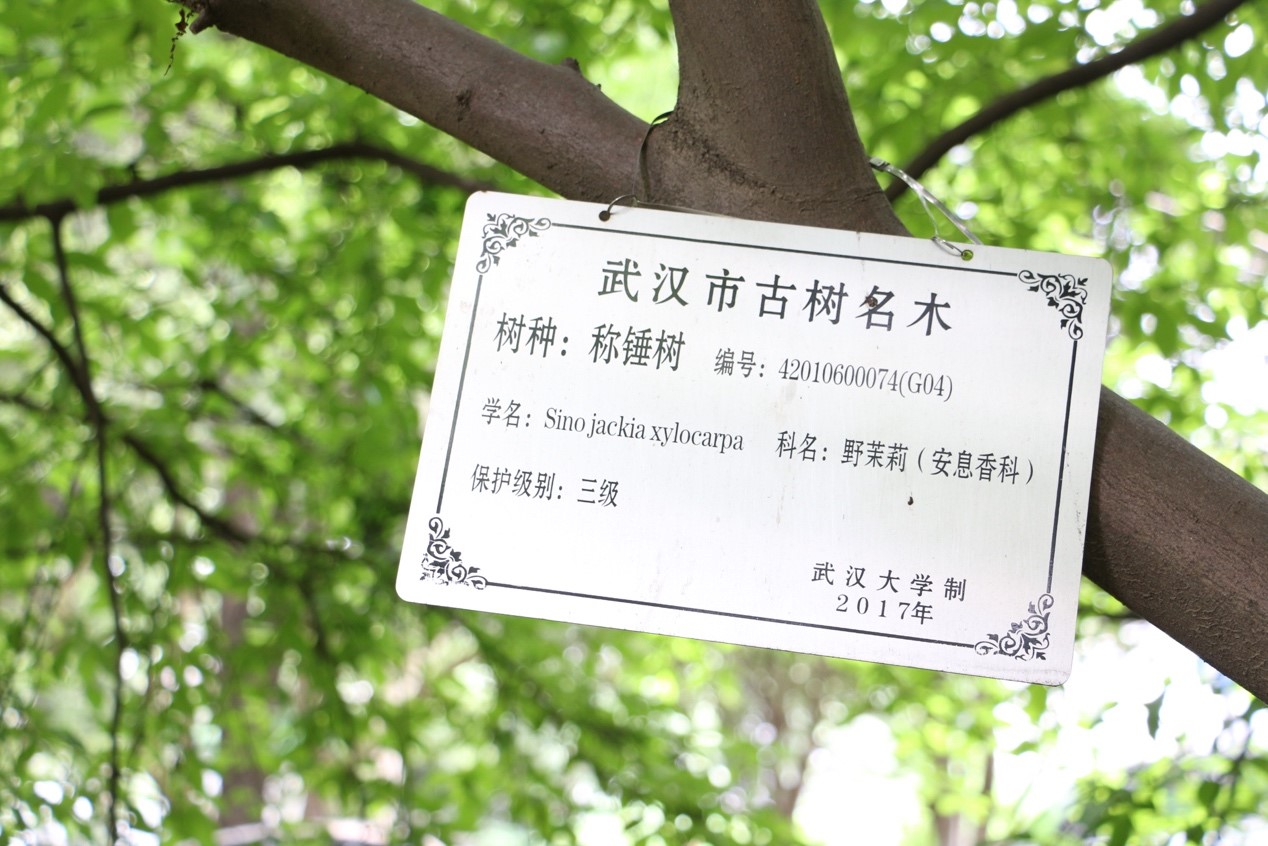
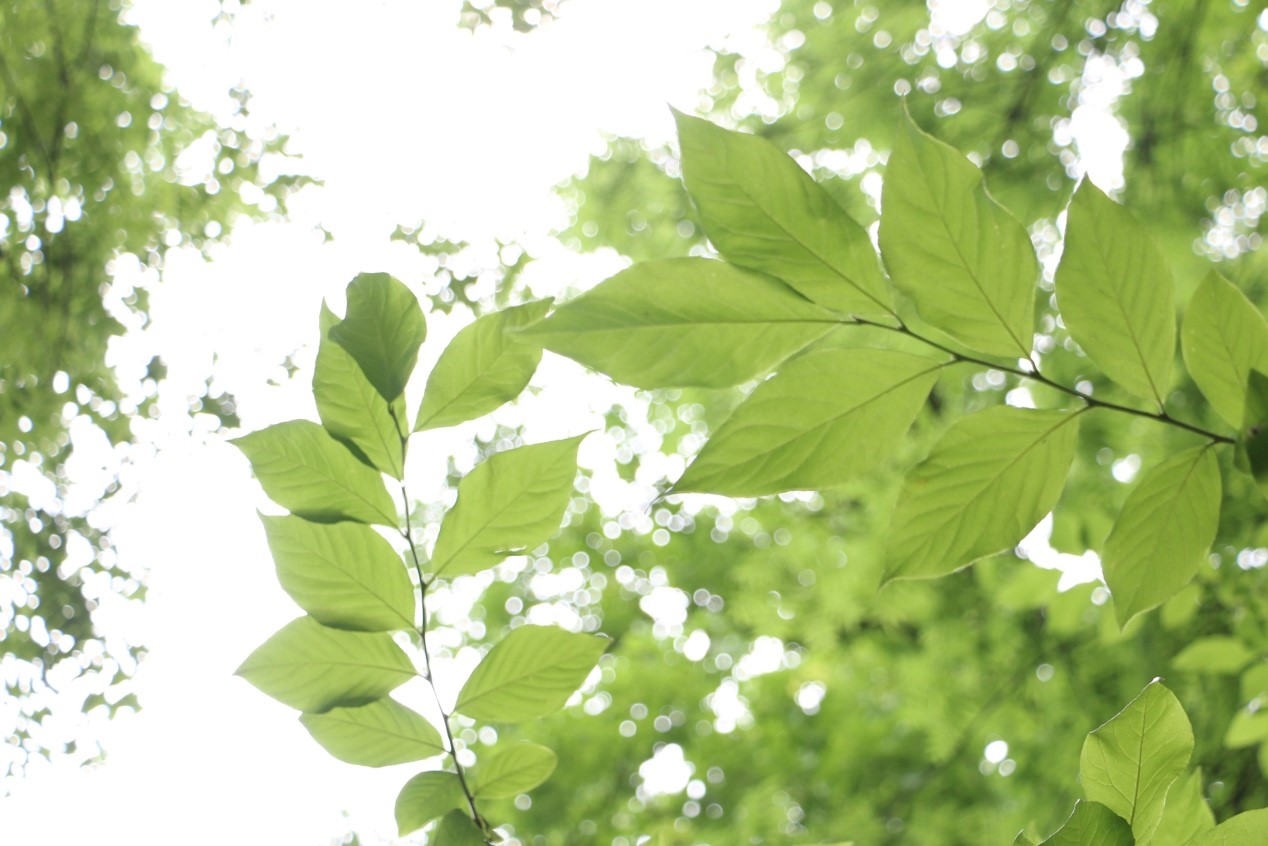

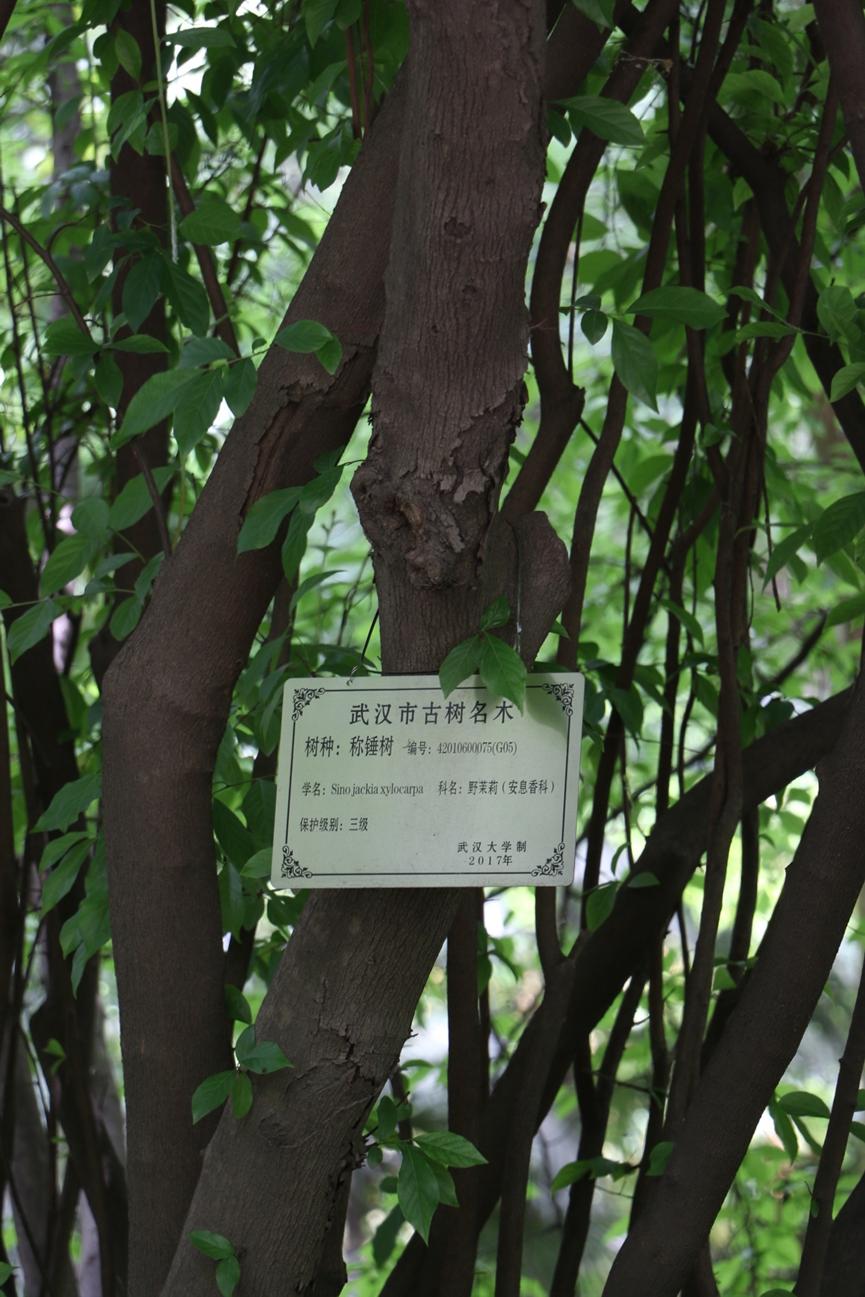
Celtis julianae Schneid is near the Sino jackia xylocarpa, next to the basketball court. As a member of the Ulmaceae, Celtis sinensis is a deciduous species, which is relatively tall and can grow up to 30 meters. Its leaves are thick and rough and after blossoming in March and April, yellow globular fruits bear in September and October.

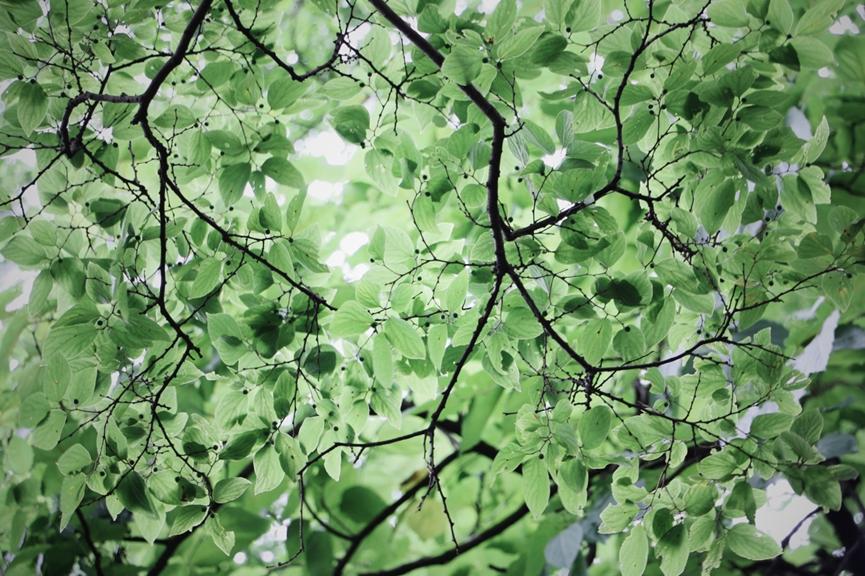

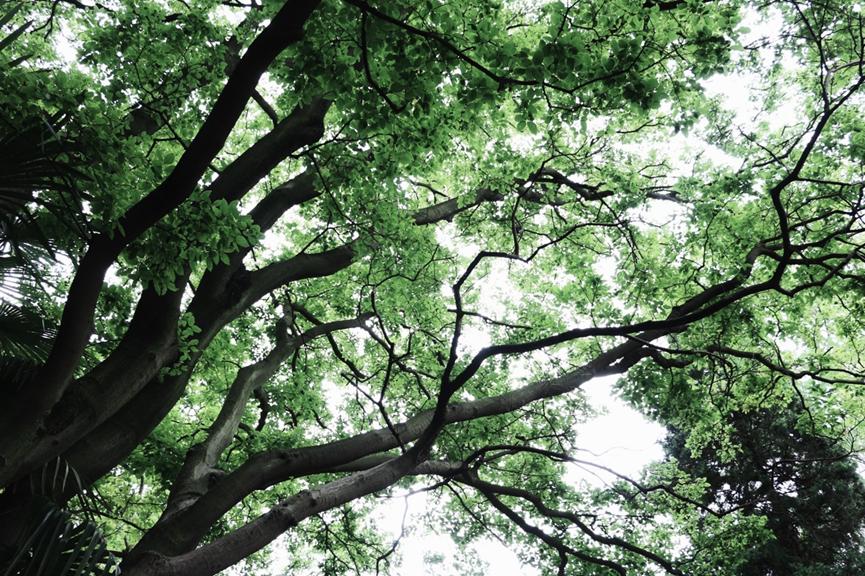
Gleditsia sinensis is a resident of the Mirror Lake. The dense shades attract many people to park their cars nearby. As a member of the Leguminosa, it is a deciduous species with branches and feather-like long elliptic leaves. This 115-year-old Gleditsia sinensis is now quite ordinary in appearance, but it will stand out with its long fruit in the next season.
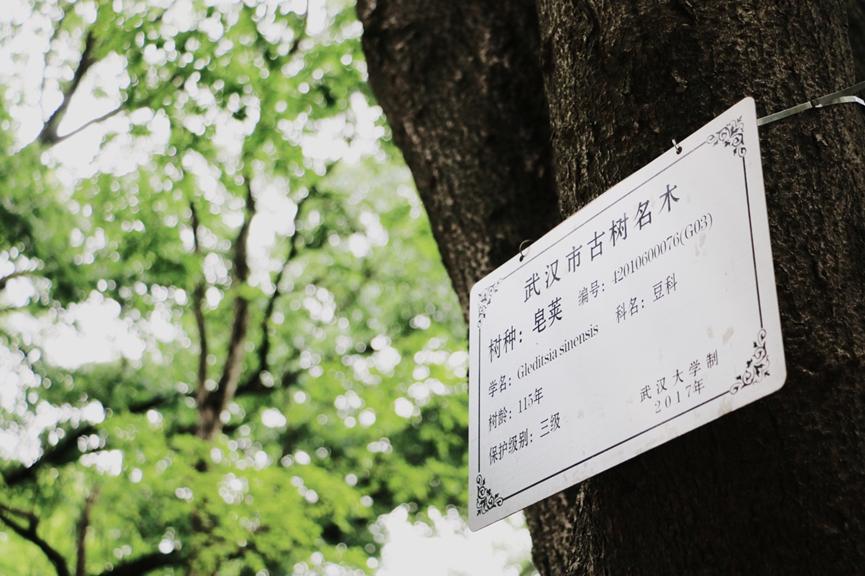


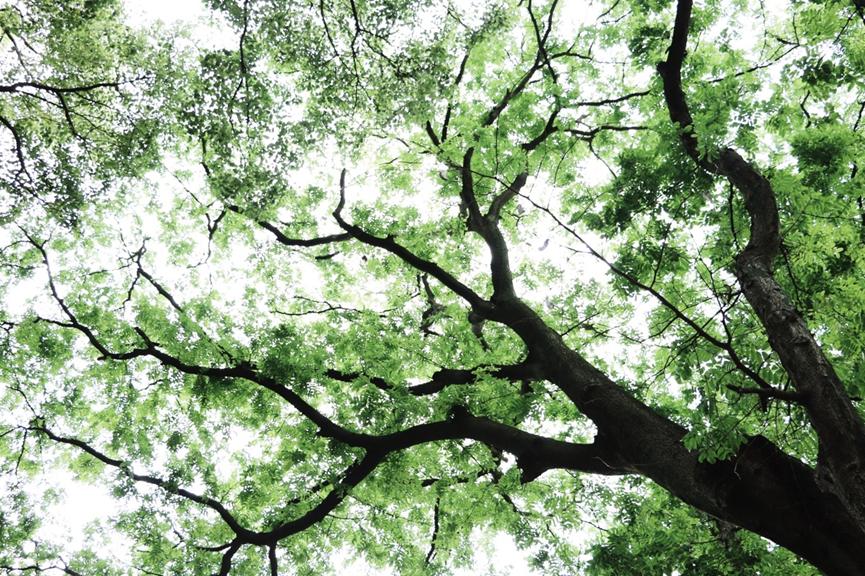
Platanus acerifolia is also called the London plane tree or the oriental plane, which is a member of the Plantanaceae family. In the middle of library and School of Physics and Technologies, a single platanus acerifolia forms a forest, covering half of the library wall. Its leaves are as large as a palm. Some branches produce one or two fruits. Due to its strong purification function, it is often planted as border trees.
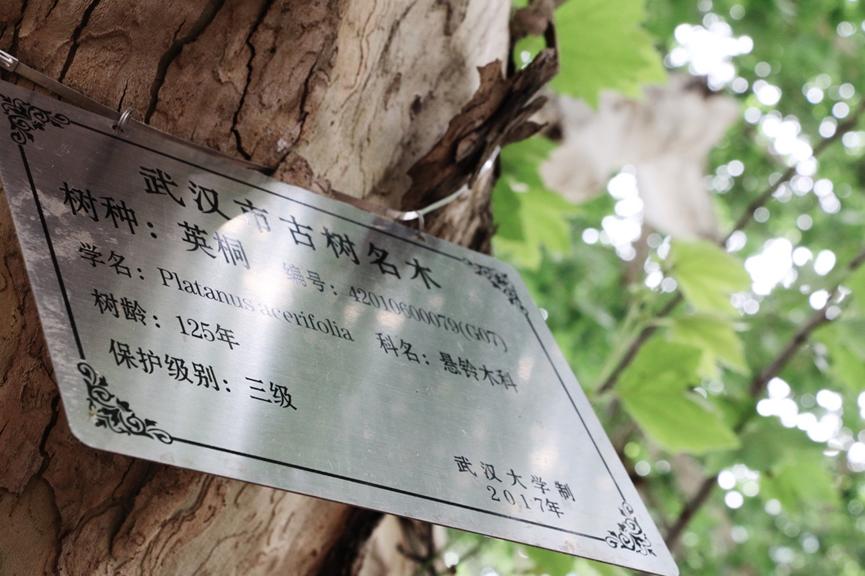


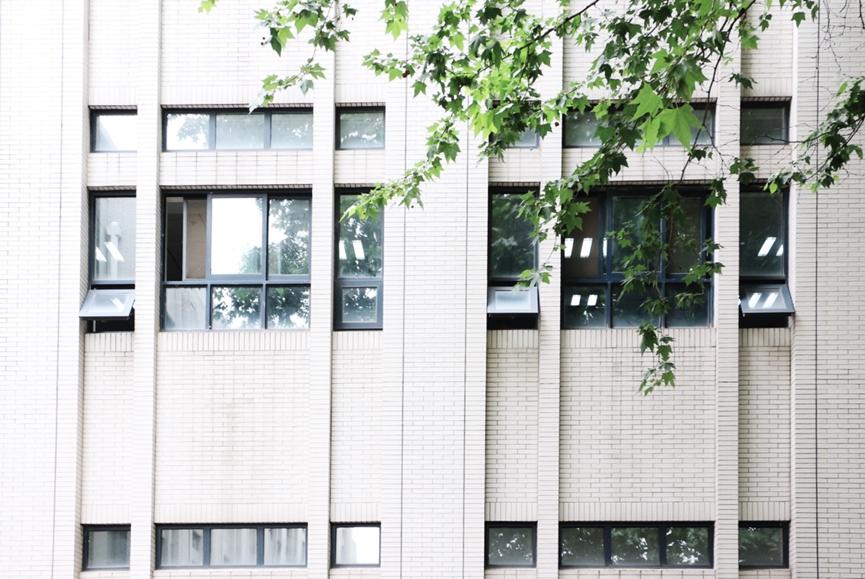

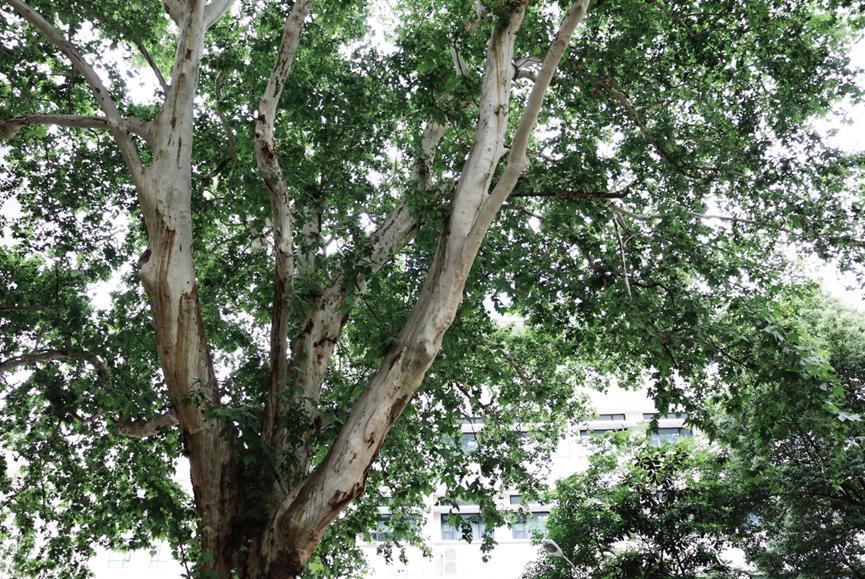
Located next to the entrance of The First Affiliated Primary School of Wuhan University, Xylosma japonicum belongs to flacourtiaceae. It is accompanied by wall creepers of residential buildings. Under this tree pass, professors getting up early to give lectures, pupils accompanied by friends, and fashionable white-haired couples hand in hand. It is more like the observer of life, watching the happiness and sadness of every summer and winter. If you integrate the fragments of life throughout these 145 years, you may get touched by countless tearful stories.
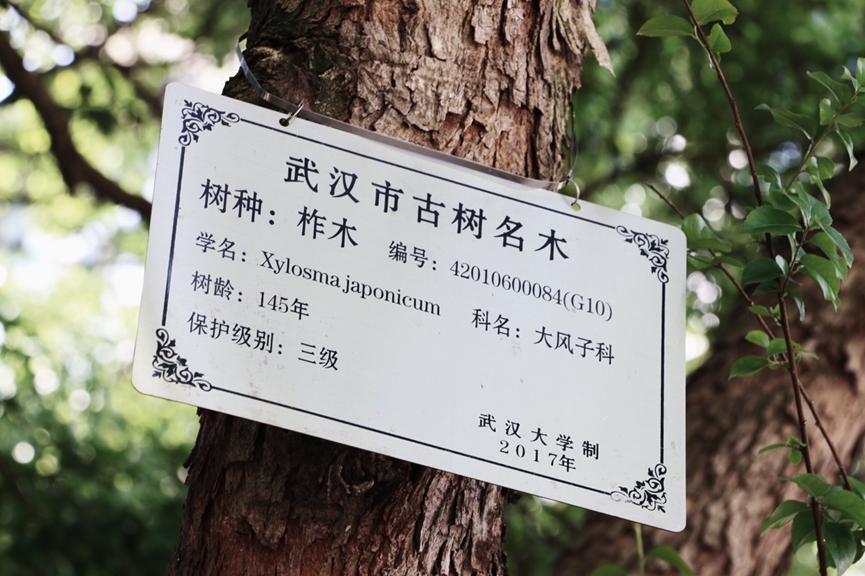
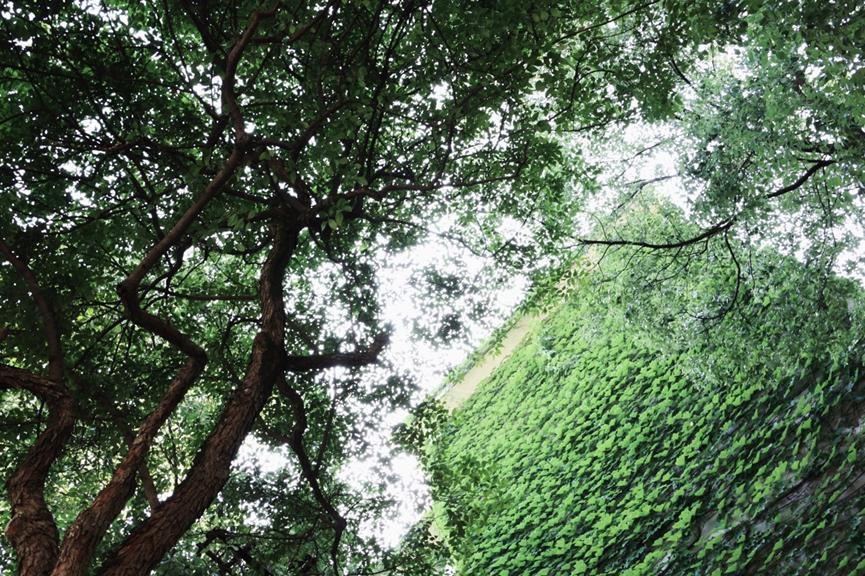
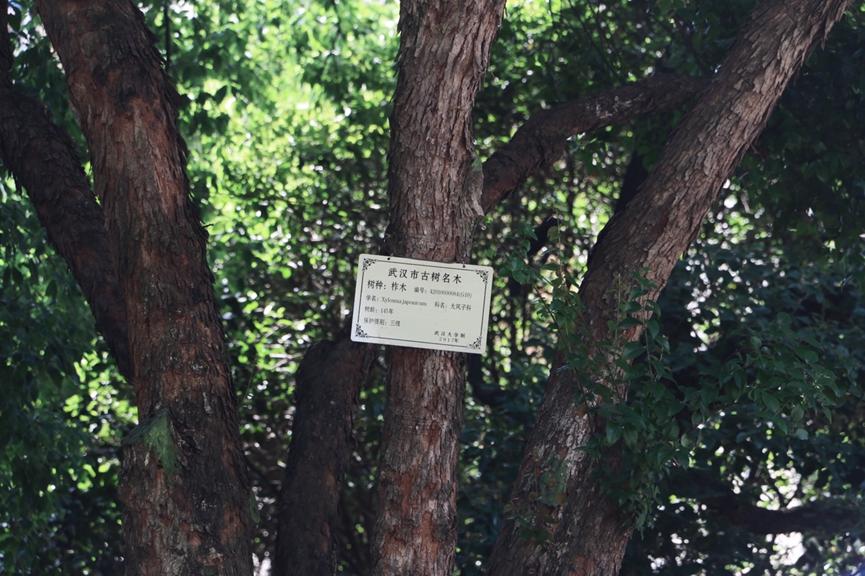


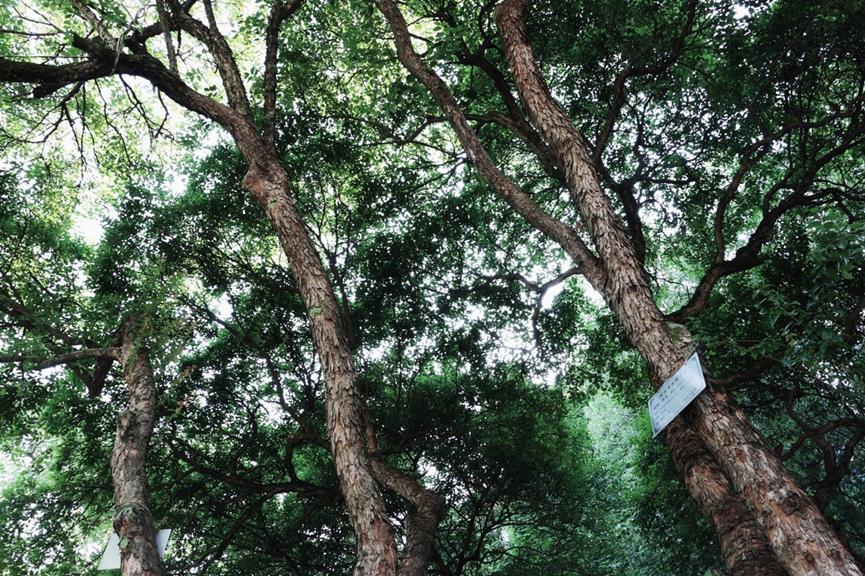
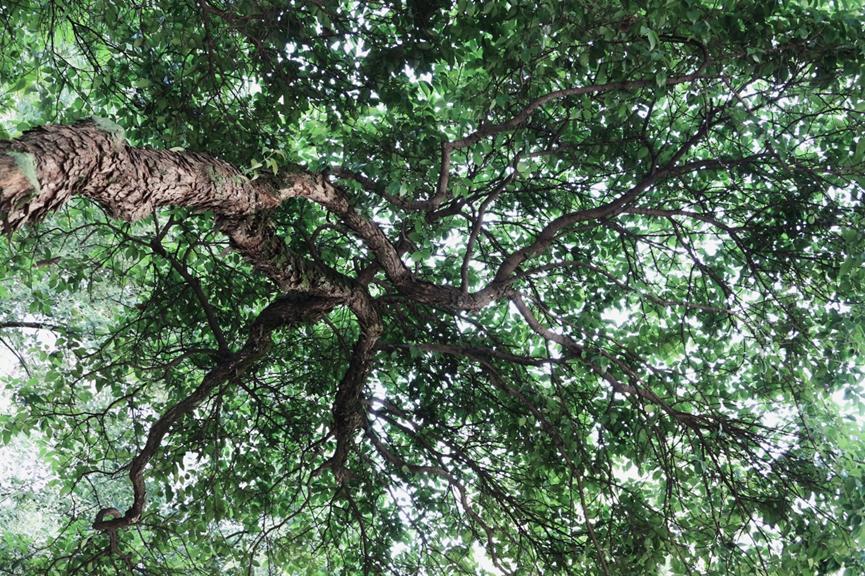
Choerospondias axillaris belongs to Anacardiaceae, which is located at the entrance of Meiyuan / the Plum Garden Canteen. It might be the most common tree in our daily life. We always pass them by in a hurry without a glance at its brand and hardly does anyone realize that it has been here for 125 years. The core of this tree’s fruit is large and hard, and because of the five holes at the top, it has been the symbol of "five blessings" since ancient times.

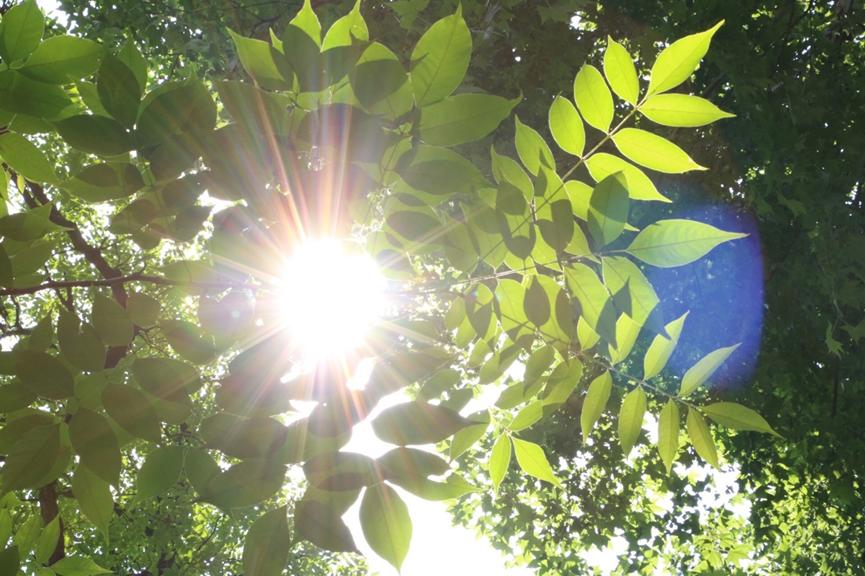
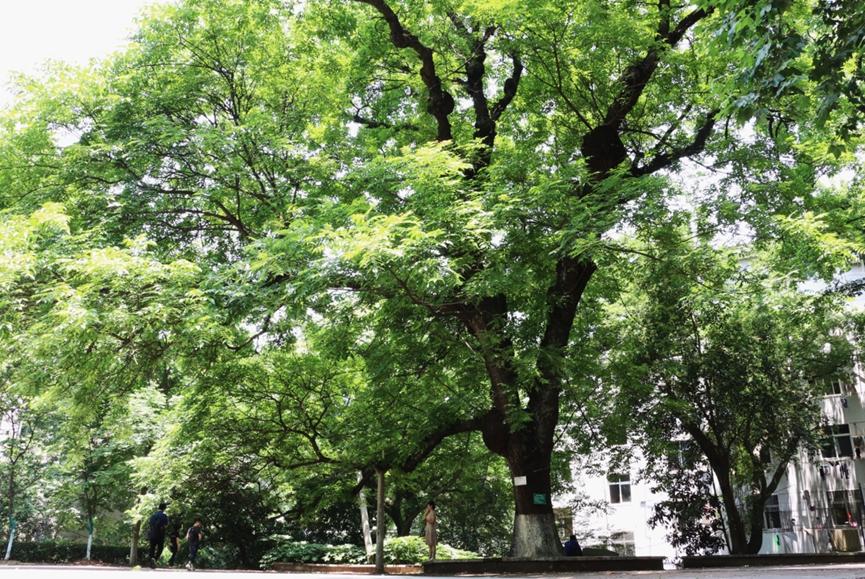
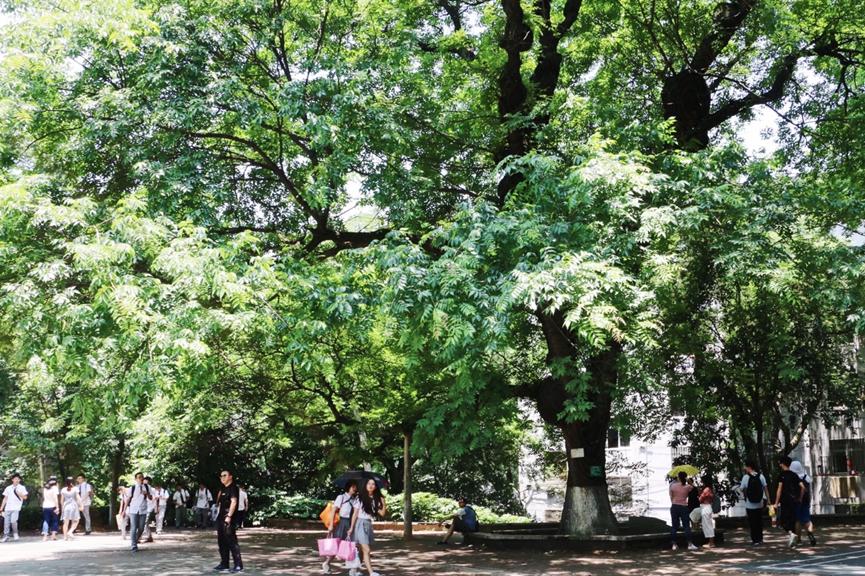
Sapium sebiferum, an Euphorbiaceae tree was planted in the 912 Playground near the Humanities Museum. Looking through layers of Sapium sebiferum, you can see the front of Administrative Building like an old friend waving to Wuhan University. In the early summer, the spicas of Sapium sebiferum bent the branches, and when the late autumn comes, the leaves turned from green to purple or red. The leaves fall and the seeds expose, revealing strings of “pearls”, which are the wood seeds, crows’ favorite food.
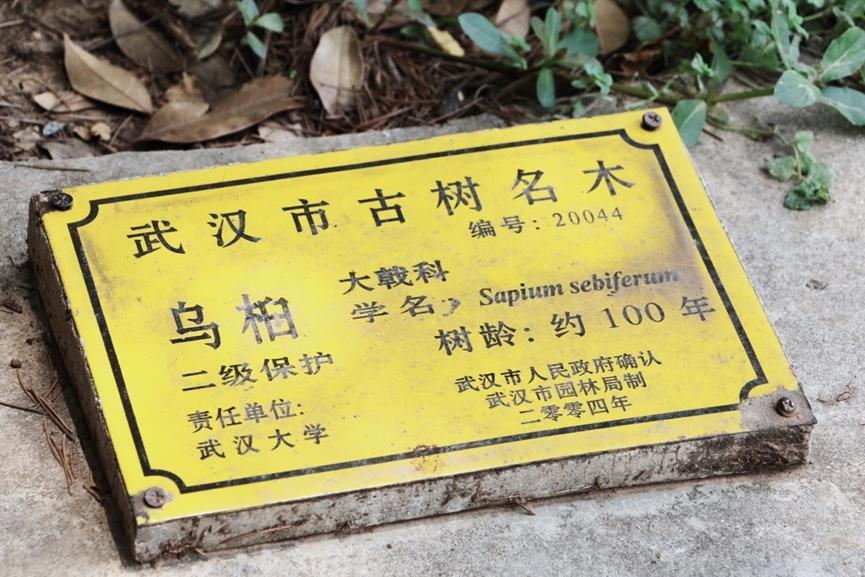
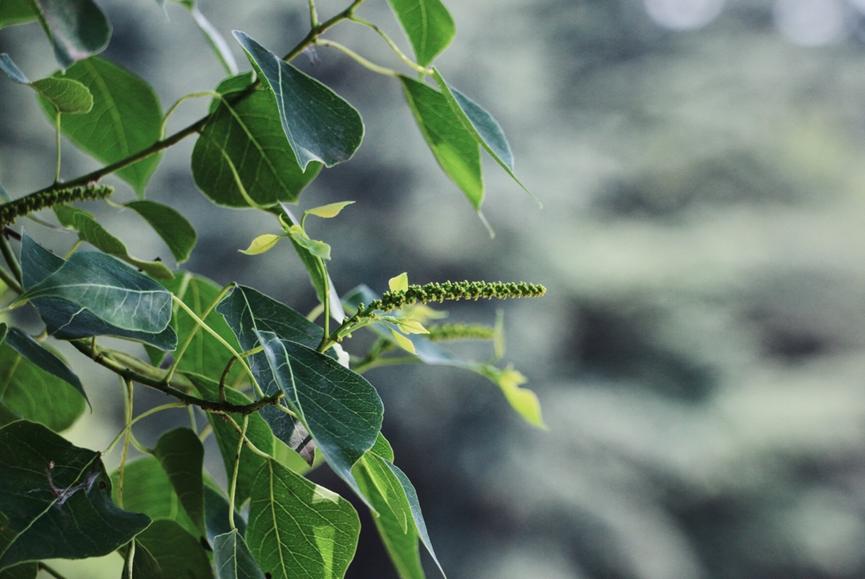
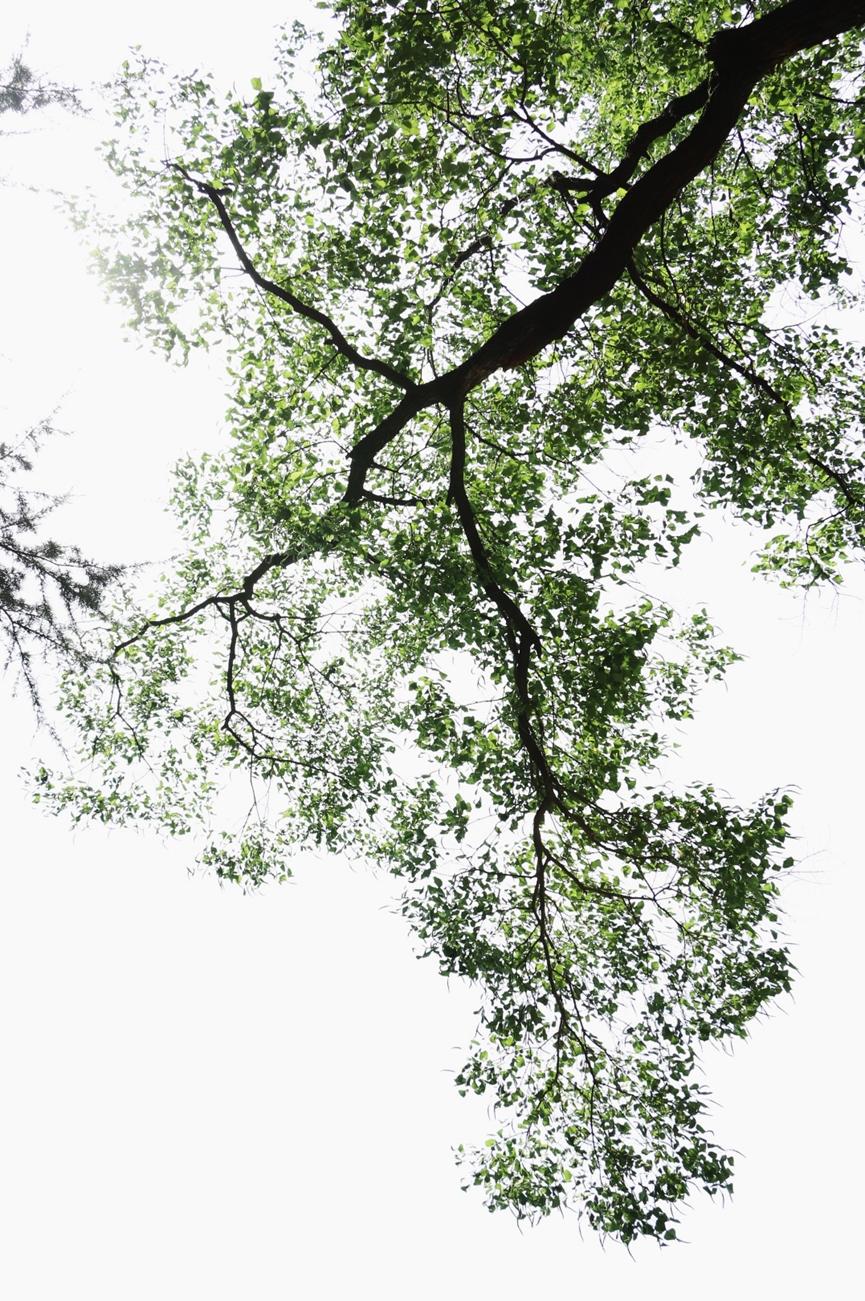
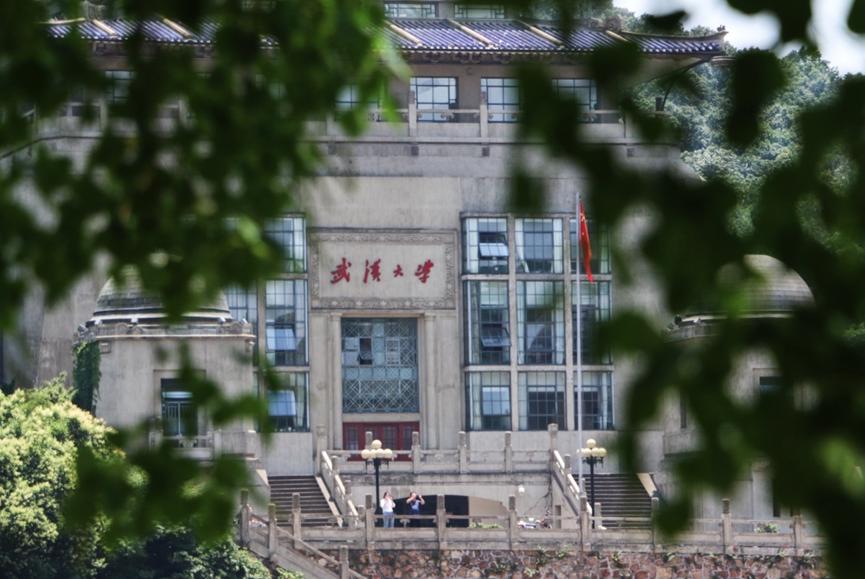
Perhaps you will think these trees are much alike with no such remarkable differences, or they are too normal in a low profile. But they are warriors indeed throughout the historical changes and remarkable innovations in the past century. The growth rings of these ancient and famous trees records the bygones of this campus and raised the temperament of scholars, welcomed groups of freshmen in eager pursuit of knowledge and sent away graduates heading for a bright future. At any time, the exuberant greenery seems to tell us, the door of WHU will always open.
Rewritten by Xu Xiaoming
Edited by Zhang Shiqi, Shen Yuxi and Hu Sijia